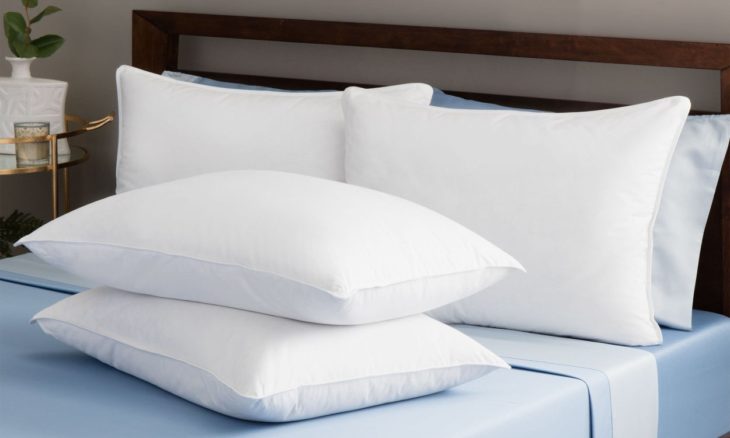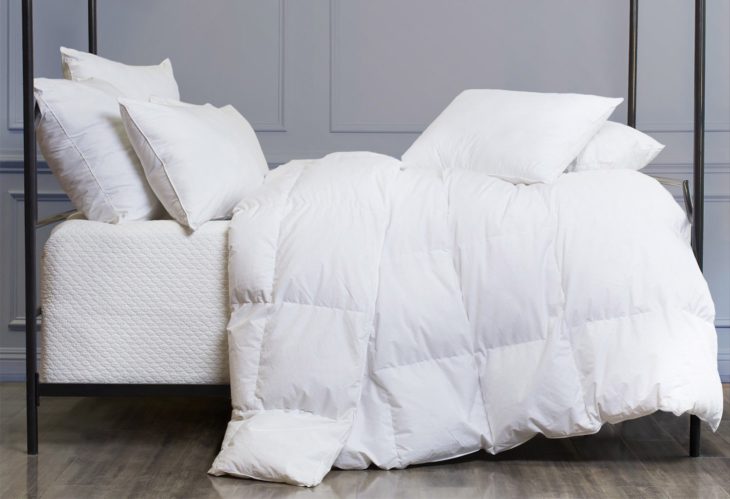You likely wash your sheets regularly but how often do you wash your comforter? Like sheets and pillowcases, quilts, comforters, and duvets collect allergens and dirt over time that can ruin a good night’s sleep. It’s important to clean all of your bedding at least a few times a year to ensure the best night’s sleep possible. Fortunately, washing a comforter is actually very easy. To dispel any concerns you may have, we have put together a quick guide to washing your comforter.
First things first, read the label, it’s there for a reason. The care label states the manufacturer’s instructions on how to wash your comforter. Depending on the material, your comforter may get damaged in the washing machine so dry cleaning may be the only option. If your comforter is machine safe, the care label may instruct you to only use cold water or use a low spin mode.

Source: Overstock.com
If you’re bringing your comforter to dry cleaners, stop right here, you’re taken care of. If you plan to wash your comforter at home, keep reading. Before throwing your comforter in the washing machine, make sure the spot clean any stains and patch up any tears. This ensures your comforters don’t get any more damaged during the washing cycle.
Once you’re ready to toss your comforter in your washing machine, choose a detergent that is mild. Select a gentle or delicate cycle and add an extra rinse if possible (comforters are denser than most laundry). Check the care label for a temperature setting but if there isn’t one, we suggest cold or warm water to protect fabrics and colors.
Once your comforter is washed, it’s time to dry. Add tennis balls or dryer balls to help evenly distribute the comforter filling as it dries. Use the temperature on the care label or a low-medium heat and expect it to take a couple of hours to dry completely. It helps if you remove the comforter every half hour or so to fluff and redistribute the filling.

Source: Overstock.com
If you’re looking to upgrade your comforter, our friends at Home Shopping Malls have a massive selection.
Once Clean, How Can You Care For Your Comforter?
Most comforters and duvets should have a cover, which is far easier to clean and, like a pillow protector, helps shield allergic reaction sufferers from a buildup of dust and dirt. It also guards against oils that may break down the fabric and eventually cause filling to leak. Decorative comforters, which are available in a variety of colors and designs, don’t need covers, on the other hand. These comforter covers should be washed weekly—monthly if you use a high sheet—but you won’t need to wash the comforter itself unless you spill something on it. When it’s necessary, launder comforters following the label’s instructions.

Source: Crane & Canopy
To remove moisture, which may lead to mold and mildew, completely dry all comforters. Most can be machine-dried, but check the label before doing so. Store your comforter folded in a very cool, dry place, far away from moisture and light. A linen or canvas storage bag will allow it to breathe; avoid plastic, which prevents air circulation. in order to cut back odor buildup, suspend your comforter on a cord on a dry, breezy day every few months. You will be able to fluff your comforter in the dryer, just as you would a pillow. Using these tips, washing and drying your comforter should be a dream.
